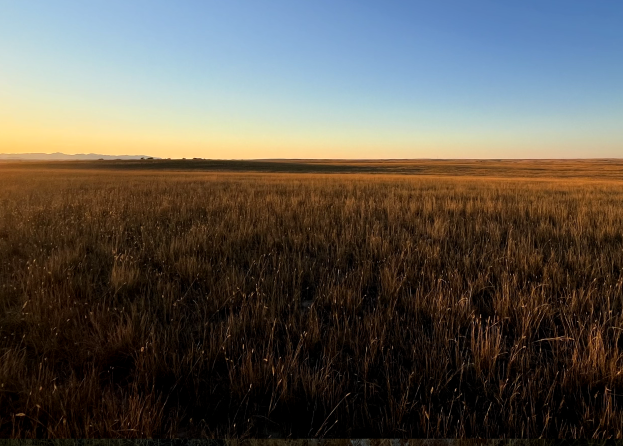Northern Cheyenne Reservation
The 444,735 acre Northern Cheyenne Reservation is situated in the open, rolling hills of southeast Montana, and is populated by the Northern Cheyenne Tribe. The Reservation contains 158,000 acres of forestland that is central to the Reservation’s economy, and to the Tribe’s deep-rooted traditions. The forest is predominantly stocked with Ponderosa Pine, a native species adapted to dry conditions. Forest management has historically been an important source of revenue for the Northern Cheyenne, as stumpage paid on timber sales has often comprised at least half of the Tribe’s annual budget. But this revenue stream has been severely depleted as a series of recent wildfires burned a significant amount of the forest’s mature timber. Currently, management is focused on salvage harvesting to capture any remaining value in dead and burned trees, leaving live tree harvesting to wait until the salvage is complete. During this time of reduced harvesting levels, the Northern Cheyenne carbon project will provide a critical source of timber-replacing revenue allowing the Tribe to preserve large amounts of its remaining mature timber while waiting for the burned areas to recover.
Maintaining reduced harvest levels while the forest recovers is critical to achieve a more diverse and balanced forest age and structure. Improved forest health will help restore the local economy by generating a more sustainable timber flow, and providing a steady source of employment and revenue over the long-term. In addition to supporting a sustainable economy, a more diverse forest better serves the Tribe’s way of life, which values wildlife, fisheries, recreation, aesthetics, and cultural uses of the forest.
The Northern Cheyenne Reservation is on the frontline of climate change and the community is particularly vulnerable due to its limited financial resources. Climate change is predicted to bring more severe weather conditions, making the forests especially susceptible to catastrophic fires, insects and disease that threaten the Reservation’s diverse ecosystem and the Tribe’s way of life. A wide range of pro-active forest management treatments are required to improve forest health, reduce threats to the forest, and preserve accomplishments of earlier forest management activities. These include using sound silvicultural principles such as the harvest of mature trees, thinning of overstocked stands, planting of understocked stands, and reduction of hazardous fuel loadings. These forest management treatments will mimic the natural process of low-intensity fires, increase the vigor of the residual stand, and bring the forest back to a more natural and balanced state that is more climate resilient. This process will also reduce soil erosion thereby protecting the Tribe’s watersheds and improving surface water quality. Carbon revenues will support the Tribal Forestry Department’s efforts to implement these activities while timber harvests are reduced.
Carbon revenue is a key financial tool for the Northern Cheyenne as it not only compensates for lost revenue during salvage harvesting, it directly supports climate change resiliency and a more sustainable timber harvesting model. By reducing the financial pressure to harvest depleted timber, the Tribe can allow the forest to recover from catastrophic wildfires, improving forest resiliency for future climate conditions through natural processes. A healthy forest not only protects the local economy, it provides long-term benefits for wildlife, fisheries, recreation, and the cultural/spiritual resources held sacred by the Northern Cheyenne Tribe.
Interested in supporting this project?

Our Mission & Vision
As a nonprofit organization, our investments are driven by climate impact and put landowners first. We work alongside our partners to develop and fund projects that support grassland conservation, reforestation, and improved forest management strategies.